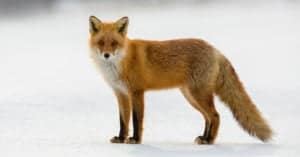Foxes generally are solitary creatures, and they prefer to hunt and sleep alone, except when they are raising their young in their den. For this reason, foxes become easy-to-kill animals for voracious predators who eat them. Foxes hunt small animals such as lizards, voles, rats, mice, rabbits, and hares. They also eat birds, fruits, bugs, and small aquatic animals.
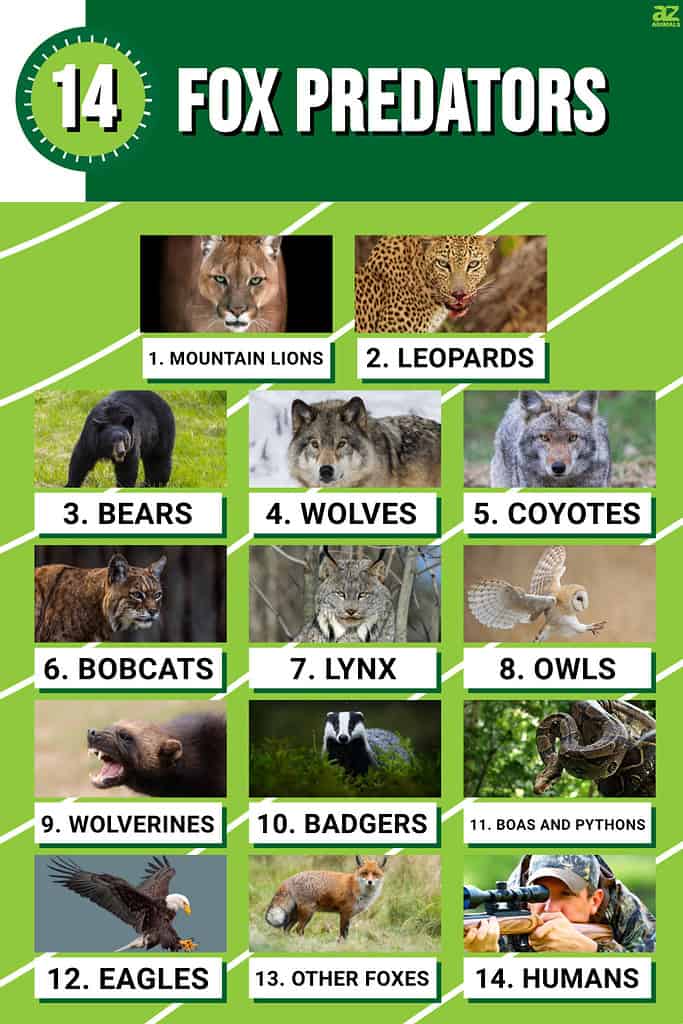
The Background on Foxes
Foxes are omnivorous mammals and members of the Canidae family. Hence they are related to dogs, jackals, and wolves. They are medium-sized, most of which are found around the world.
Generally, foxes have a very pointed triangular face with a long narrow snout. Their ears are incredibly pointed and stick straight up off their head. They also have a flattering skull, long fur, an elongated rostrum, relatively short legs, and their tails are long and bushy. Unlike most members of their family, foxes have partially retractable claws and usually walk on their toes.
The most widespread species in North America is the red fox, and others include the swift fox, arctic fox, kit fox, and gray fox. Foxes usually live in forested areas or may also be found in mountains, grasslands, and deserts. They dig burrows in the ground to make themselves a home — a safer place to store food and have their pups. Male foxes are known as dog foxes and females are called vixens. Most foxes have a musty, foul scent that comes from the glands at the base of their tails.
What Eats Foxes?
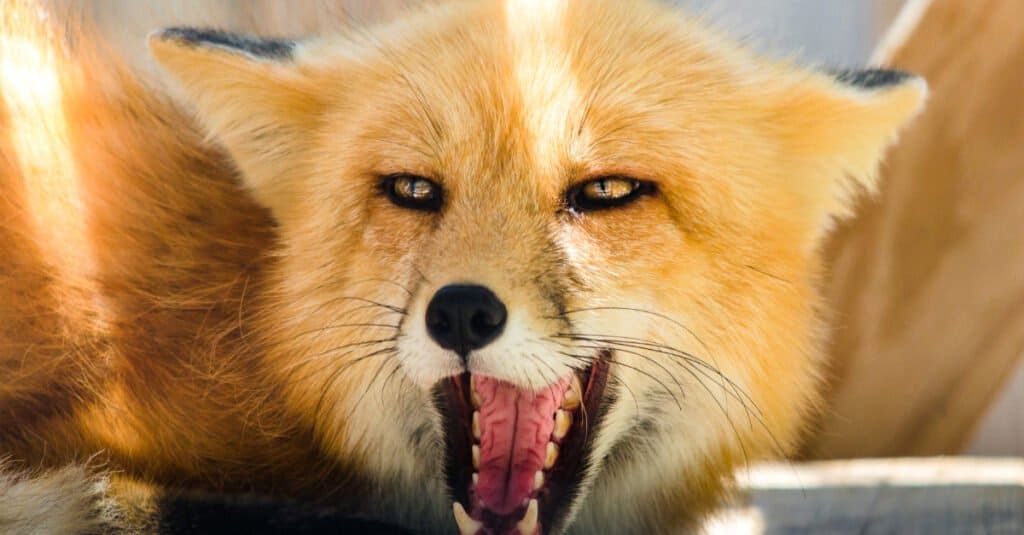
Bears, mountain lions, eagles, and wolves eat foxes.
©iStock.com/Tyrannax
Animals such as bears, mountain lions, birds including eagles, certain reptiles, wolves, and lynxes eat foxes. As for reptiles, only boas and pythons are capable of eating foxes because of their large body sizes — other snakes generally cannot feed on animals the size of foxes.
Here is a list of animals that eat foxes:
- Mountain lions
- Eagles
- Coyotes
- Wolves
- Lynxes
- Owls
- Bobcats
- Wolverines
- Bears
- Leopards
- Humans
- Snakes such as boas and pythons
- Other foxes.
Having talked about this solitary creature in general, let’s dive to check out animals that eat foxes below one by one.
Mountain Lions
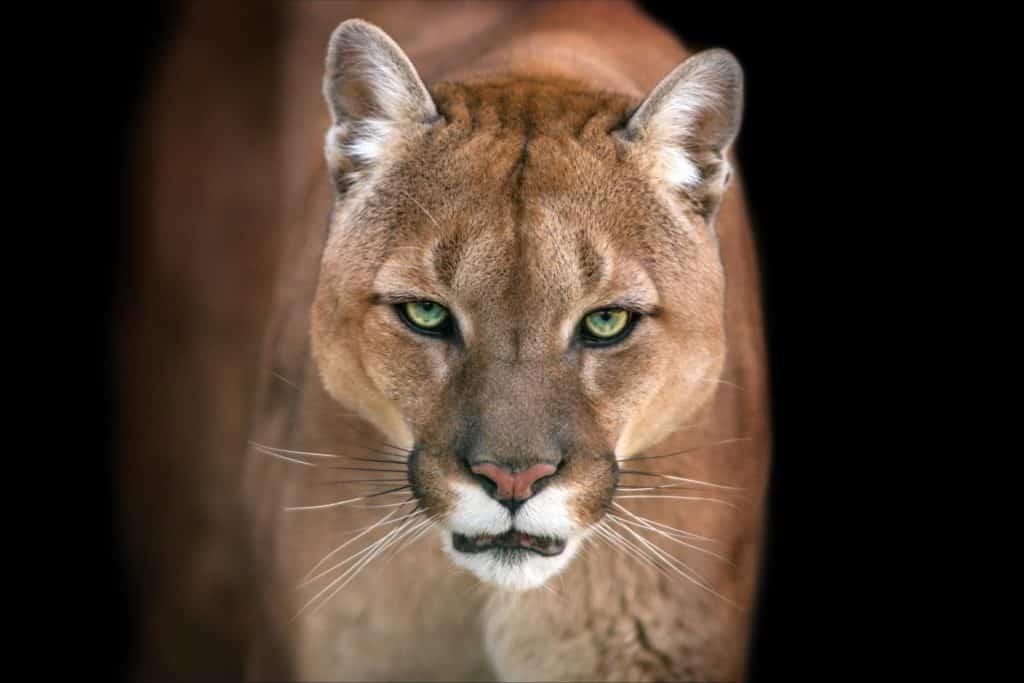
Mountain lions are ambush predators that eat foxes.
©Kwadrat/Shutterstock.com
Mountain lions are only found in America and spread out from California to South America and Canada. These creatures are ambush predators and eat almost every prey, including foxes. The strength and speed of mountain lions make it easy for them to catch and kill foxes, especially when they go out in search of food. When a mountain lion aims for a fox, it tends to leap onto it from a hiding position, delivering a death blow to its neck.
Leopards
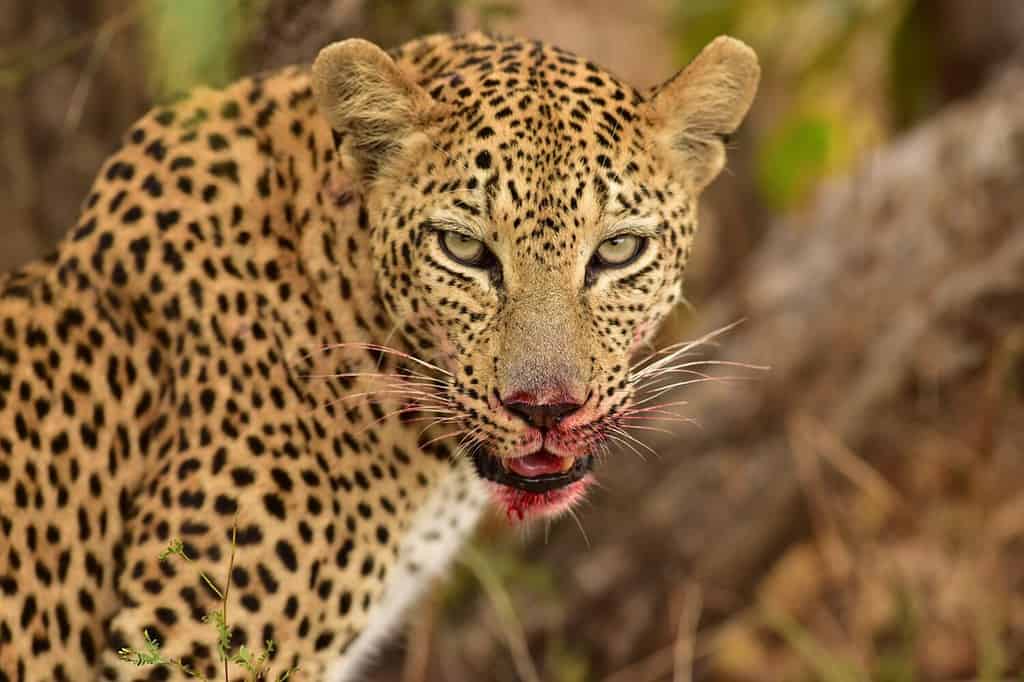
Foxes make an excellent meal for leopards.
©Sheri Lim/Shutterstock.com
When it becomes too complex for leopards to catch other prey, they turn to foxes for a quick kill. Red foxes are usually larger than other foxes — unfortunately, they make an excellent meal for leopards. When the leopard sees the fox, it targets, moves towards it slowly and stealthily with its head low and legs bent, pounces on the prey before eating it.
Bears

Foxes are quite easy for bears to catch and eat.
©BGSmith/Shutterstock.com
Bears are found in Northern America and live in the mountains and the northern hemisphere, where the temperature is cold. Since foxes are a quick catch due to their size, bears prefer to go for them rather than challenge a larger prey. Bears compete with other high predators for a fox meal on some occasions.
Wolves and Coyotes
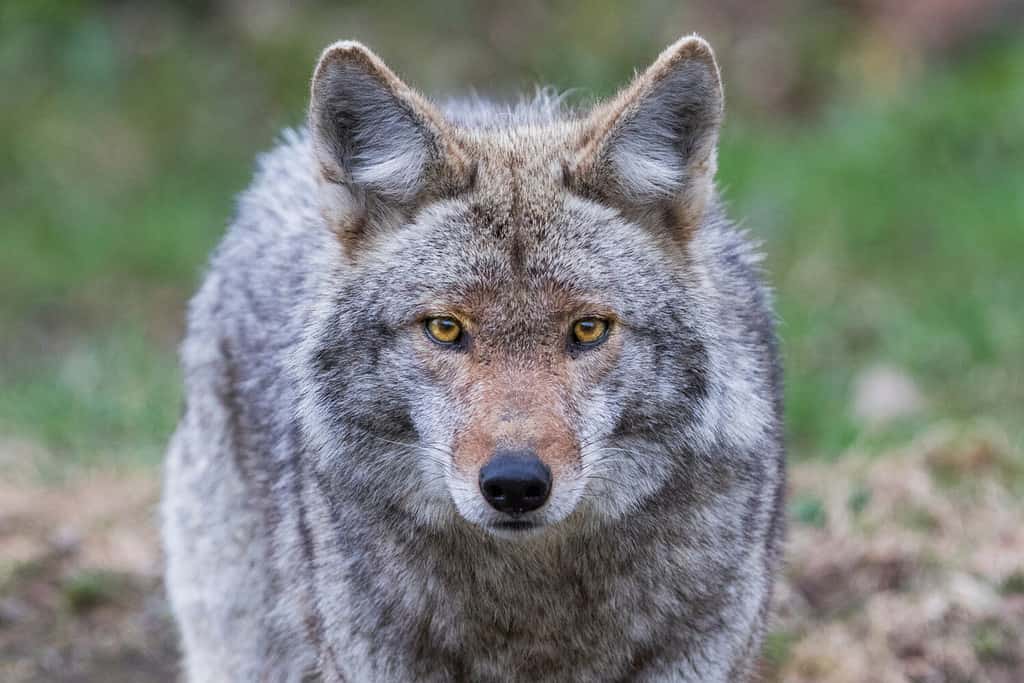
Coyotes kill foxes to depopulate them with the primary target to preserve food for themselves.
©Mircea Costina/Shutterstock.com
Wolves are one of the most aggressive apex hunters who eat foxes when they are starving.
However, for coyotes, the case is contrasting. Coyotes are naturally the greatest enemy to foxes even though they belong to the same group. These two Canidae family members fight whenever they come in close range with each other. Amusingly, coyotes kill foxes to depopulate them with the primary target to preserve food for themselves. Sadly, the young small-sized adult-like red foxes are always a target for coyotes.
Other Animals That Eat Foxes
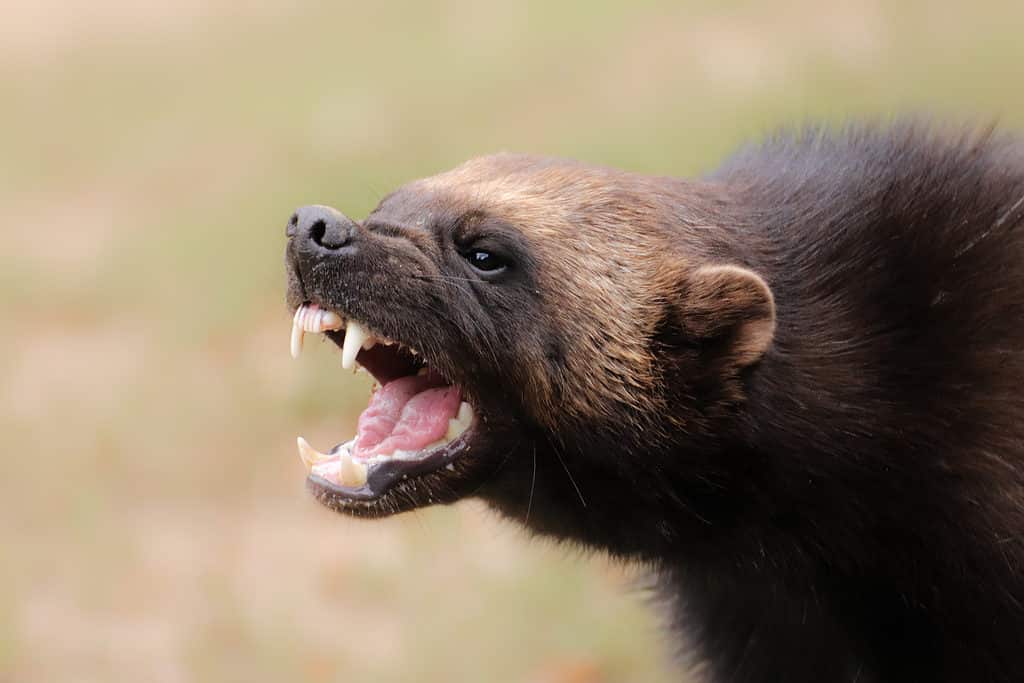
Wolverines are one of the animals that prey upon foxes.
©DenisaPro/Shutterstock.com
Carnivorous birds such as eagles prefer to go for younger foxes, and a good reason for this is to balance their weight as they fly.
Also, other animals such as bobcats, lynx, owls, wolverines, badgers, boas, and pythons eat foxes.
Some foxes also eat other foxes, especially when there is food scarcity. In some extreme situations, a fox can steal a kit (a baby fox) for food.
Major Threats to Foxes
Humans seem to be the greatest threat to foxes due to a series of farming activities. Through these agricultural activities, humans have been proven to destroy the natural habitat of foxes, leaving them exposed to other predators higher than them in the food chain. Aside from manipulating their natural habitat, humans have killed several foxes in recent times while hunting for their meat, skin, and fur for trade.
How Do Foxes Defend Themselves From Predators?
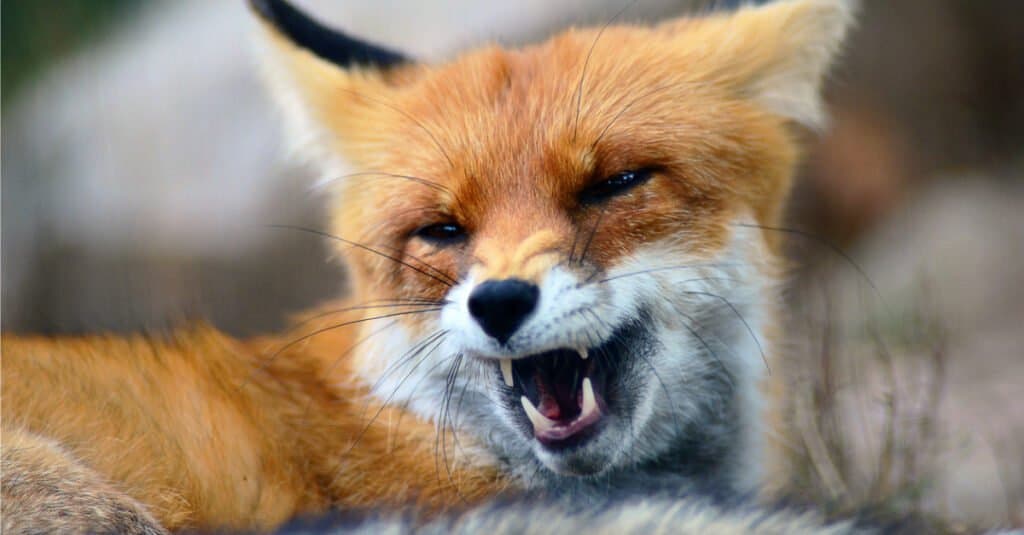
Foxes use their teeth and claws to defend themselves against predators.
©iStock.com/Film Studio Aves
Eschewing away from danger is an instinct for both animals and humans. For some creatures, they preserve their lives by camouflaging in the environment. But foxes protect themselves by either fighting back or running away.
For instance, arctic foxes have sharp teeth and claws that are effective during their fight against predators. Red foxes build dens in grassland to protect themselves. Gray foxes living in the mountains of California rub themselves in the scent marks left by mountain lions. They may also use the scent of the big cats known as pumas or cougars to camouflage against predators such as coyotes. Gray foxes may also climb trees to avoid predators.
However, in general, foxes tend to run away from humans and other predators rather than fight them.
Are Foxes Beneficial to Humans?
Foxes, especially the red fox, can significantly benefit humans for their hunting activities. They prey on mice, other rodents, and giant insects in the surrounding environment. They usually don’t eat their prey right away; instead, they take it up to their caves for future meals. These foxes also help clean up areas by eating discarded food items.
Summary of Fox Predators
Here’s a recap of the animals we looked at that eat foxes.
| Number | Predator |
|---|---|
| 1 | Mountain Lions |
| 2 | Leopards |
| 3 | Bears |
| 4 | Wolves |
| 5 | Coyotes |
| 6 | Bobcats |
| 7 | Lynx |
| 8 | Owls |
| 9 | Wolverines |
| 10 | Badgers |
| 11 | Snakes such as boas and pythons |
| 12 | Carnivorous birds such as eagles |
| 13 | Other foxes |
| 14 | Humans |
The photo featured at the top of this post is © iStock.com/tane-mahuta
Thank you for reading! Have some feedback for us? Contact the AZ Animals editorial team.





